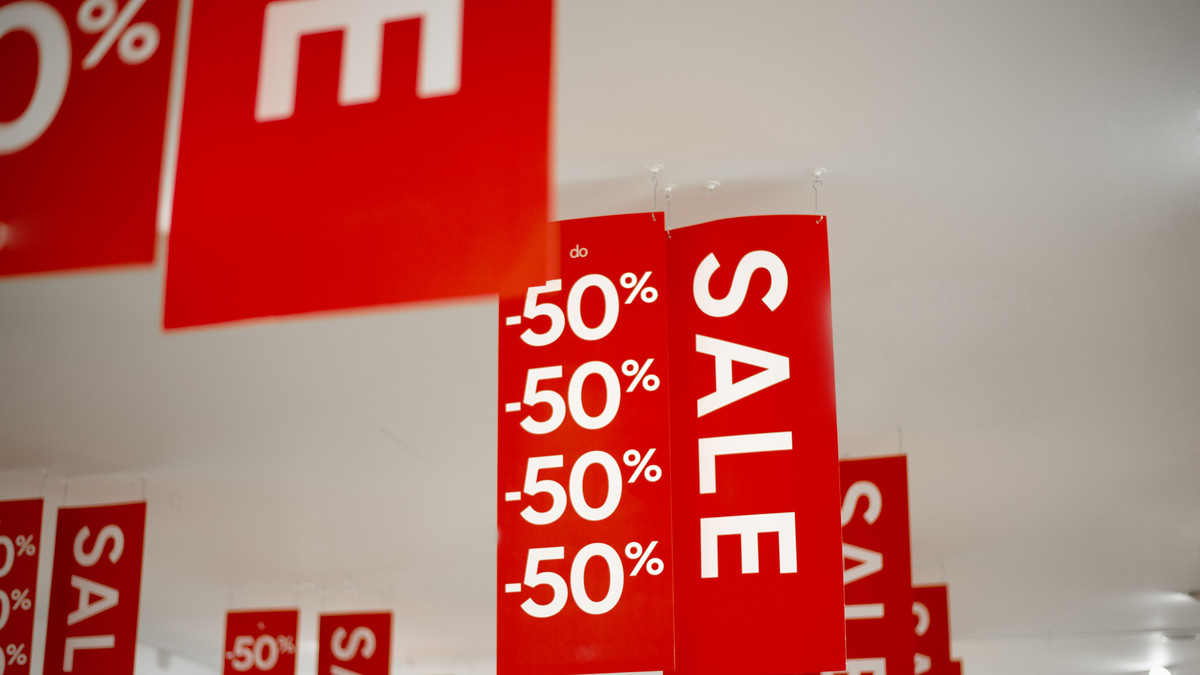When it comes to providing customer service, in-store signage is an important part of your retail efforts. Signs draw attention to new products and highlight their features. They also promote sales, discounts and offers. Done well, signs relay your message to shoppers in a quick and consistent way. Fifty-three percent of shoppers prefer to make purchase decisions in the store, according to an article in Forbes, and signs help seal the deal.
If you’re not using signs properly, however, you could be hurting sales instead of enhancing them. It pays to follow some best practices for making the most of your in-store signage. Here are five common mistakes to avoid.
1. Keeping Old Signs
Signage should always look fresh and new. Walk around your store checking for faded or damaged signs. Make sure they promote current events or sales. If any of your signs are incorrect or if you’ve updated them by writing on them with a marker, they need to come down immediately. Investing in a wide-format printer allows you to create in-store signage on the spot, quickly promoting sales or reacting to a competitor.
2. Designing Overly Complicated Signs
Signs should represent your brand, but keep them simple. Skip complicated fonts, and choose a typeface that’s easy to read, especially one that matches or complements your logo. Artwork should be large and bright, communicating or supporting your message. And stick to two or three colors that offer contrast, putting the focus on the message and not the palette.
3. Including Too Much or Too Little Information
It’s tempting to include every detail about a sale or product, but too much information will make your sign cluttered and complicated. Instead, think of signs like the headline of an article, relaying messages that can be understood in a second or two. Stick to key information, such as the product name, the price or amount of the discount, and any applicable dates or conditions. Ask yourself, is there anything on this sign that could be misunderstood? Customers who misread a sign might get an unwelcome surprise when they checkout.
4. Using Too Many or Too Few Signs
Signs are meant to draw attention to strategic sales areas and help customers navigate your space. Keep your signage streamlined, varying heights to add interest. Signs become part of your visual merchandising, and they contribute to a sense of balance. Use them thoughtfully and throughout the store.
5. Not Considering Size and Placement
Signs that are too large can overwhelm a space, drawing attention to the sign more than to the product. On the flip side, signs that are too small can become easily lost among your products and store layout. Create signs that are in proportion with the displays of your store. For example, banners spotlight storewide promotions as well as seasonal or new products, while small signs call out special discounts.
Once you create effective signs that complement your brand, consider them templates. Not only will you provide a consistent look for your store; you can quickly create new signs onsite for flash sales or unadvertised promotions. Great signs can lead to greater profits.
Time to update your signage? Explore Epson’s high-performance archival pigment printers and learn why they are ideal for any short-term indoor or outdoor printing application.
